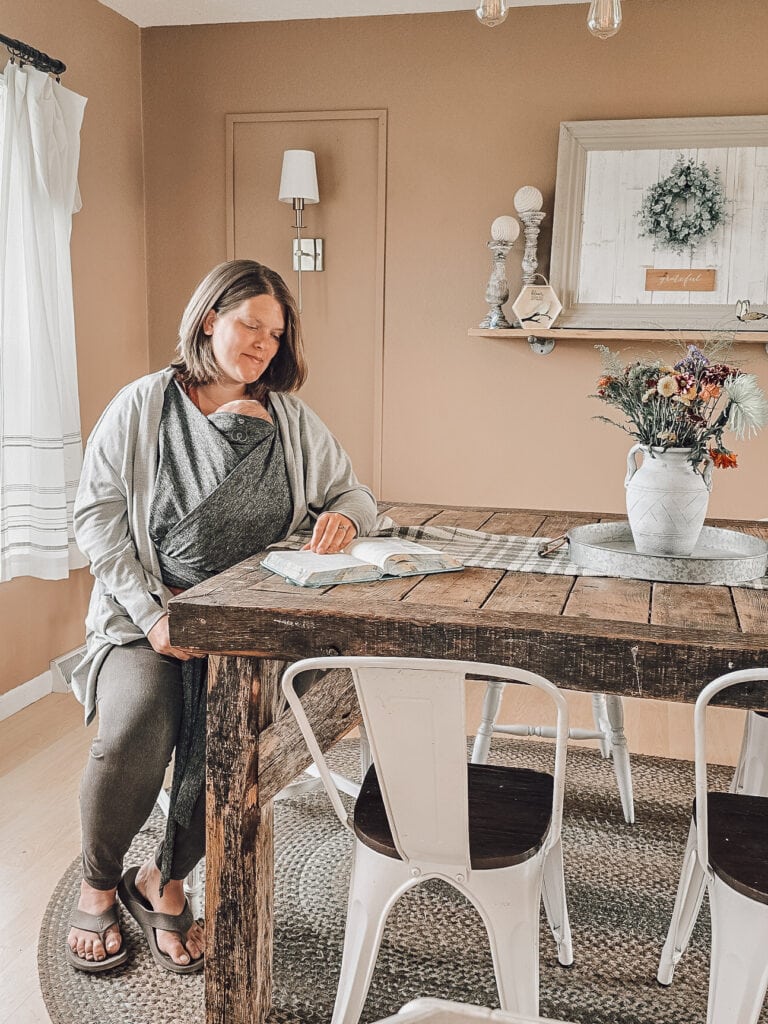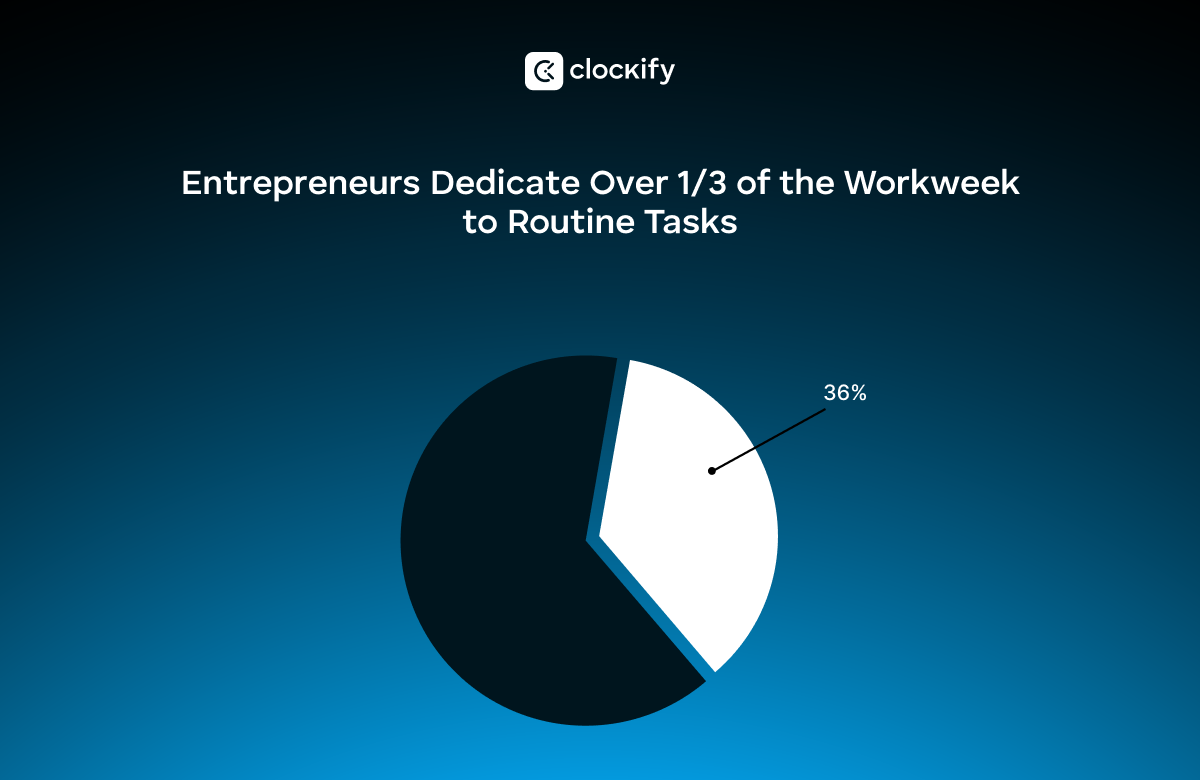How Simple Living Can Redefine Personal Relationships and Connect Communities

Embracing Simplicity for Deeper Connections
In a fast-paced world dominated by consumerism and technology, many are drifting further apart. Yet, a contrasting approach—simple living—emerges as a beacon for cultivating personal relationships and community ties. This lifestyle advocates a fundamental transformation in how we prioritize our time and resources, offering a refreshing antidote to the pervasive complexities of modern life.
Redefined Values
At the heart of simple living is the notion of prioritizing experiences over possessions. In a society that often equates success with material wealth, this shift can be profound. For example, families might choose to spend weekends together hiking in a national park or visiting a local museum rather than indulging in retail therapy. These enriching experiences foster deeper connections and lasting memories, emphasizing the significance of togetherness over the accumulation of things.
Increased Presence
Another core tenet of simple living is fostering genuine interactions through minimal distractions. In today’s digital age, constant notifications and the allure of social media can hinder authentic communication. By consciously disengaging from screens during family meals or gatherings, individuals can truly listen and engage with one another. This increased presence not only strengthens personal relationships but also improves individual well-being by reducing stress and enhancing emotional connections.
Community Engagement
Moreover, embracing simple living encourages local initiatives and collaboration. By rediscovering the joy of supporting local businesses—whether through farmers’ markets, craft fairs, or neighborhood leagues—individuals contribute to a thriving local economy. Moreover, participating in community gardens or volunteer organizations can create bonds with neighbors who share similar values, establishing a support network that enhances the resilience of the community as a whole.
Transformative Impact on Communities
The essence of simple living lies in reducing clutter, both physical and mental, which can transform the way we connect with others. By focusing on core values such as mindfulness and intentionality, individuals can create stronger bonds with family and friends. But how does this shift impact communities? The benefits can be profound:

- Stronger Networks: Simple living fosters trust and support among neighbors, leading to a more connected community fabric where individuals look out for one another.
- Shared Resources: This lifestyle promotes sustainable practices through cooperation. For instance, sharing tools, resources, or even skills among neighbors can reduce costs and promote environmental responsibility.
- Local Culture: Simple living encourages communities to celebrate and preserve unique regional traditions. From organizing cultural festivals to participating in local historical societies, residents can maintain the unique character of their hometowns.
As we explore the transformative potential of simple living, we uncover not just individual growth, but a broader impact on our communities. By adopting this philosophy, we equip ourselves with the tools to navigate an increasingly chaotic world, leading us closer to one another. Dive deeper to discover how embracing simplicity can pave the way for richer relationships and a more connected society, ultimately enriching our lives and those around us.
DIVE DEEPER: Click here to uncover the secrets of minimalist living
Building Bonds Through Shared Experiences
The practice of simple living not only transforms individual lifestyles but also plays a crucial role in forging meaningful personal relationships and solidifying community connections. One of the essential components of this philosophy is the focus on shared experiences rather than material wealth. This shift often leads to a more enriching and fulfilling life, where individuals prioritize time spent with loved ones over accumulating new possessions.
Creating Lasting Memories
For many families in the United States, weekends often revolve around shopping malls or online marketplaces, leading to fleeting moments of joy. However, simple living encourages alternative activities that create stronger bonds. Imagine a family choosing to spend a Saturday afternoon exploring a nearby state park or engaging in a community art project rather than crowding into a retail store. These experiences cultivate connections that go beyond superficial interactions; they enable families to share stories, laughter, and unique moments that are often more valuable than any material item could provide.
Intentional Communication
Simple living encourages individuals to focus on mindful communication. When we eliminate excessive distractions, such as constant scrolling through social media or multi-tasking during conversations, we enhance our ability to engage deeply with others. By practicing intentional listening and open dialogues, families can address grievances and strengthen bonds, ultimately creating a supportive environment where everyone feels valued. Studies have shown that meaningful conversations can reduce feelings of isolation, fostering emotional well-being and deeper connections.
The Ripple Effect on Communities
As people embrace simple living and engage in shared activities, the impact extends beyond individual relationships, positively affecting local communities. The emphasis on community engagement leads to a collaborative spirit where individuals support one another and invest in their surroundings. For example:
- Collaboration Opportunities: Communities can benefit from shared resources, such as neighborhood tool libraries or cooperative gardening. These initiatives not only lower costs but also strengthen community ties as residents work together towards common goals.
- Neighborhood Gatherings: Simple living often inspires local block parties or potluck dinners, creating platforms for residents to connect and build friendships. Such gatherings foster an environment of trust, cooperation, and mutual support.
- Skill Sharing: By organizing workshops where community members teach each other skills—like cooking, crafting, or home repair—individuals can deepen connections while promoting a culture of sharing and teamwork.
In this way, the principles of simple living facilitate not only personal growth but also community resilience. As we continue to discover the ripple effects of a simpler lifestyle, it becomes increasingly evident that choosing simplicity can be a gateway to stronger personal relationships and tighter-knit communities. By actively engaging with one another and embracing this mindful approach, we find ourselves living richer, more connected lives.
| Category | Description |
|---|---|
| Strengthened Bonds | Simple living fosters deeper connections by allowing individuals to focus on quality time with loved ones rather than material possessions. |
| Community Engagement | Adopting simplicity encourages communal activities such as shared meals, skills exchanges, and local events that bring people together, enhancing community spirit. |
| Enhanced Communication | Simple living reduces distractions, making way for open dialogue and understanding among individuals, strengthening relationships on multiple levels. |
| Sustainable Practices | Living simply encourages sustainability and shared efforts within communities to create a better environment, resulting in collaborative initiatives that build stronger connections. |
In this exploration of how simple living can reshape personal relationships and community connections, it becomes evident that prioritizing people over possessions creates an enriching environment. By focusing on experiences, individuals often find themselves forming closer relationships with family and friends, leading to greater satisfaction and emotional well-being. As interactions shift from materialism to meaningful exchanges, communities can thrive on mutual support and collaboration. Embracing simplicity not only unifies people but also inspires a collective consciousness toward sustainability, where communal efforts can lead to lasting change, nurturing a sense of belonging and responsibility toward one another and the environment.
DISCOVER MORE: Click here to dive deeper into minimalist living
Nurturing Empathy and Compassion
Another vital aspect of simple living is the cultivation of empathy and compassion, which are foundational elements for fostering deeper connections in personal relationships and within communities. As individuals simplify their lives, they often discover a greater awareness of their surroundings and the people in them. This heightened sensitivity can significantly enhance how they interact with others, leading to more compassionate relationships.
Practicing Gratitude
Simple living encourages the practice of gratitude, an important exercise that can transform how individuals perceive their relationships. When people take the time to appreciate the little things in life—like a kind act from a friend or a neighbor’s willingness to lend a helping hand—they naturally become more attuned to the needs of others. Research in positive psychology indicates that gratitude can enhance emotional intelligence and promote stronger relationships. By recognizing and valuing the contributions of others, individuals foster an environment of mutual appreciation, which strengthens personal and community bonds.
Volunteering and Acts of Service
One powerful way simple living can connect communities is through volunteering and acts of service. Engaging in community service not only provides necessary assistance to those in need but also enhances social ties between participants. When individuals come together to address a shared cause—whether it’s cleaning up a local park, organizing food drives, or mentoring youth—they cultivate a sense of belonging and camaraderie. Volunteering often leads to new friendships and networks of support that enrich personal lives while positively impacting the broader community.
Cultivating a Culture of Support
As people embrace a simpler lifestyle, there is often a natural shift toward creating a supportive culture within their communities. For instance, as families prioritize shared experiences and personal connections, they may naturally gravitate towards one another in times of need. This can manifest in various forms—from sharing meals with a neighbor who is going through a tough time to forming informal childcare cooperatives, where parents take turns looking after each other’s children. Such acts of kindness not only solidify relationships but also inspire a sense of collective responsibility.
Building Intergenerational Relationships
Simple living also opens the door to nurturing intergenerational relationships, which are increasingly important in today’s fast-paced society. By engaging in activities that transcend age differences—like community gardening, storytelling evenings, or skill-sharing workshops—people create opportunities for wisdom and experience to flow between generations. This interconnection fosters mentorship and understanding, allowing younger individuals to learn from the experiences of their elders while giving seniors a renewed sense of purpose and community involvement.
The shift toward simple living reminds us that the essence of human connection lies beyond material wealth. By embracing empathy, gratitude, and community service, we begin to weave a tapestry of relationships that are rich in love, support, and mutual respect. This not only enhances personal relationships but also paves the way for vibrant, resilient communities that thrive on collaboration and unity, all hallmarks of a simpler, more connected way of life.
DISCOVER MORE: Click here to simplify your wardrobe
Conclusion
In a world increasingly defined by distractions and material pursuits, simple living emerges as a powerful antidote that has the potential to redefine personal relationships and strengthen community bonds. By prioritizing meaningful interactions, individuals can cultivate a deeper sense of empathy and compassion, which not only enriches their personal connections but also nurtures a collective spirit within neighborhoods. The practice of gratitude, illustrated through everyday appreciation for the little things, further promotes emotional well-being, enhancing the quality of relationships.
Moreover, community service acts as a catalyst for connection, allowing individuals to unite for shared goals and create enduring friendships in the process. These engagements foster a supportive culture wherein acts of kindness and cooperation become commonplace. Intergenerational relationships flourish in simpler settings, paving the way for mutual understanding and wisdom sharing across age groups.
Ultimately, the journey toward a simpler lifestyle offers a holistic pathway to reclaim human connections, resulting in thriving communities united by collaboration and resilience. As individuals embrace this philosophy, they not only transform their personal lives but also contribute to the creation of vibrant, interconnected communities, reminding us all that the essence of connection is rooted in simplicity and sincerity. To explore further, delving into local community initiatives or personal stories of transformation through simple living can reveal the profound impacts these choices can have on our lives and the lives of those around us.


